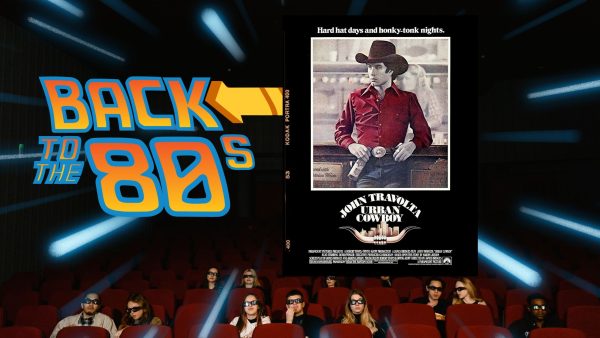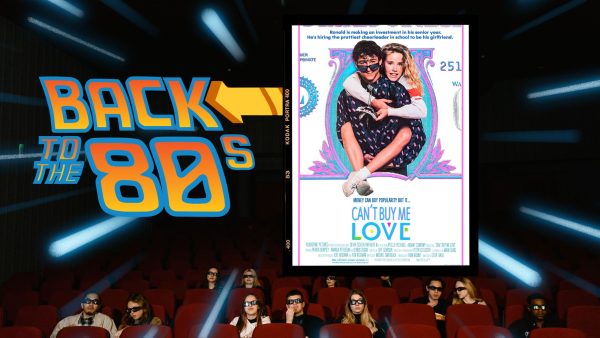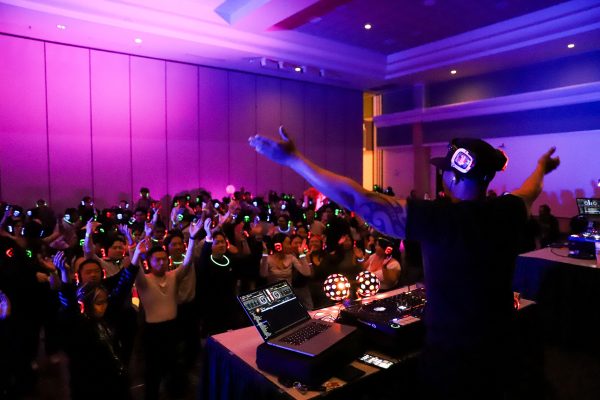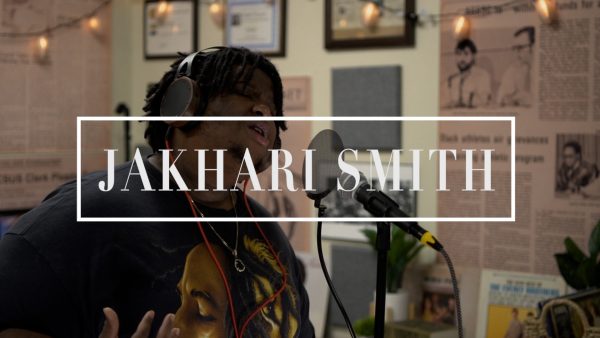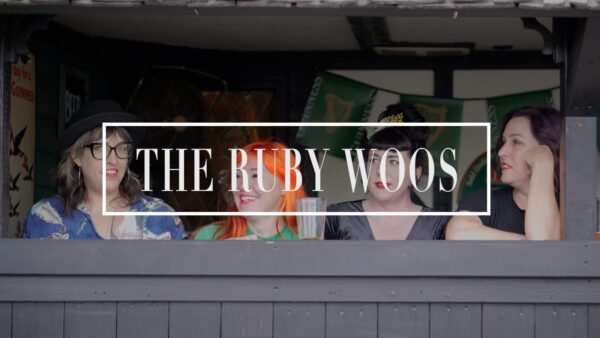Books to movies don’t always work
November 15, 2012
Turning books into movies has been one of Hollywood’s most-used gimmicks since the early 1900s with silent films like “Les Misérables” (1909) and “Dr. Jekyll and Mr. Hyde” (1908). It’s really nothing new.
Lately, however, a horde of popular fantasy novels have been adapted to the screen in abundance. “Harry Potter and the Sorcerer’s Stone” started the fantasy trend in November of 2001, and it has been going strong ever since.
Although some of these recent book-to-movie films are impressive, the fact is most of them are shameful efforts to suck a new franchise dry at the box office while giving writers an excuse to regurgitate unoriginal material.
Let’s start with the worthy ones first.
Peter Jackson’s “The Lord of the Rings” trilogy is a good example of a well done book-to-movie franchise. With an overall estimated budget of $281 million, Jackson clearly took his time developing the characters, the story and especially the special effects to create three engrossing theatrical experiences.
Each movie runs about three hours long, but in the end they’re worthwhile considering how thoroughly the plot is explained and how satisfying it is to finally watch Gollum fall to his fiery death.
“The Lord of the Rings” movies made a total of almost $3 billion according to IMDB.com. Peter Jackson gained a huge profit from these films and deserved every penny because of the quality work he produced. His attention to detail and accuracy to the books made for an epic tale that could have been butchered by someone less qualified. Future filmmakers should take notes.
The “Harry Potter” series is another adaptation that has done extremely well at the box office. Its eight movies have made a total of about $7.7 billion worldwide and only required an estimated $1.2 billion to make.
It’s great that J.K. Rowling’s hit novels inspired the highest-grossing film series in movie history, but all this money makes you wonder if screenwriters are simply copping out by resorting to goldmine ideas developed by novelists.
Sacramento State film coordinator Jenny Stark was not surprised by the profitable approach Hollywood takes toward filmmaking nowadays. She addressed the change in movie culture from the mid-1970s – when more adult-themed movies were prominent – to now with mainstream blockbusters being marketed to younger crowds.
“This all started in the ‘70s. It didn’t start with ‘Harry Potter’ or the Tolkien adaptations,” Stark said. “This comes from ‘Star Wars’. The interest in fantasy in film comes from that, and there was a very significant change in the way films looked up until 1977 and how they look now.”
Stark said the increased income of young people and the birth of the multiplex steered Hollywood away from older audiences to focus on children and teenagers who would ultimately pay more to see motion pictures saturated with fantasy.
“The big films you see come out are interesting to a multitude of people, but they are mainly geared toward 12-year-old boys…The fact that we’re adapting all these books for adolescents is because Hollywood has this group of people to market to,” Stark added.
In other words, fan boys and girls are fueling the machine while Hollywood drives it.
We can’t really discourage adolescents from liking the content they read in books, but we should criticize production companies for capitalizing on the dreams and imaginations of youngsters so often.
The latest adaptations such as the “Twilight” series, “The Hunger Games,” “Cloud Atlas” and the soon to come “Life of Pi” should be evidence enough that books-to-movies are not going away anytime soon.
Needless to say, Hollywood is pushing this as far as they can take it.
Some of these stories do need to be made into films for all of us to enjoy, but most of them truly don’t. I’d rather see innovative ideas being advertised instead of seeing every popular book being turned into a movie.
Fresh ideas are out there. You just have to look past your bookshelf for them.
Fabian can be reached at: [email protected]
































































































































